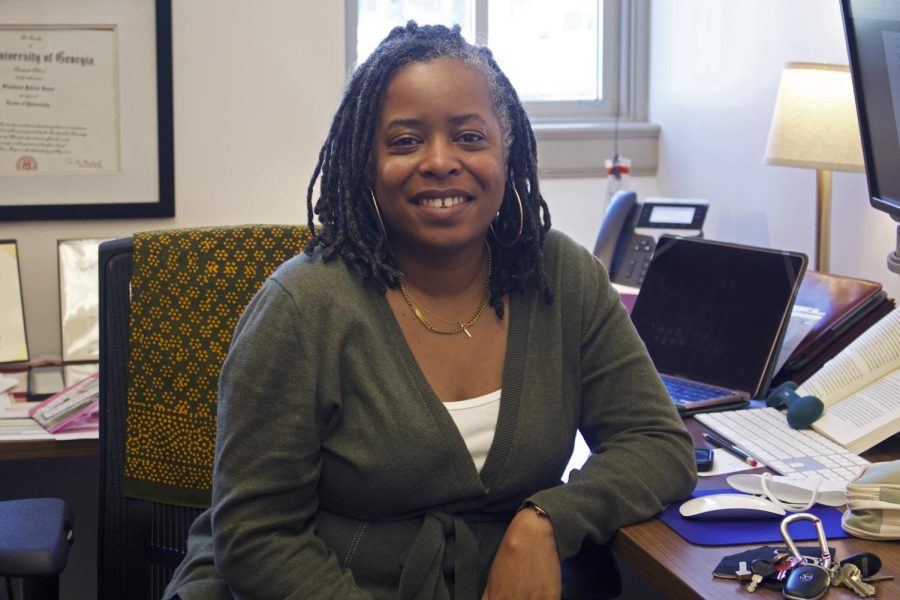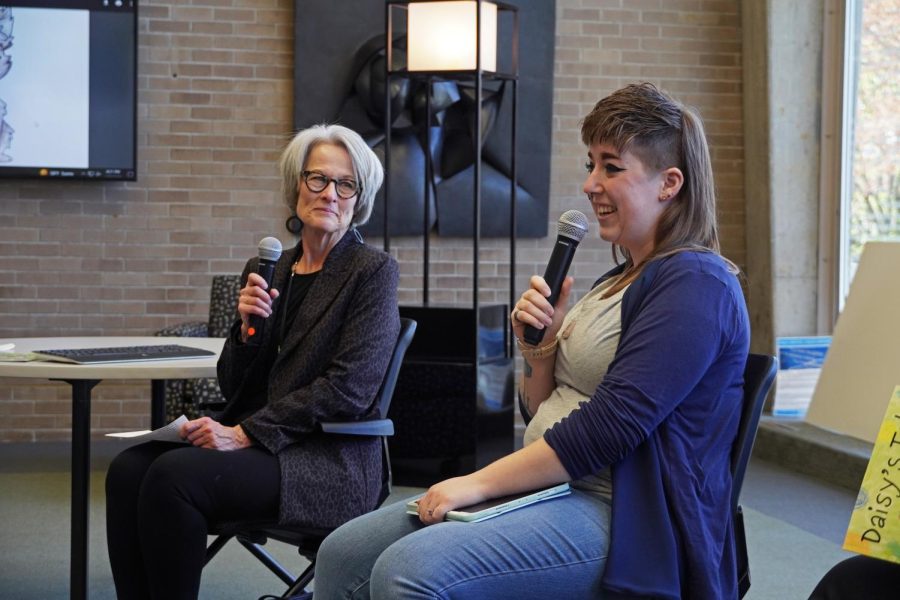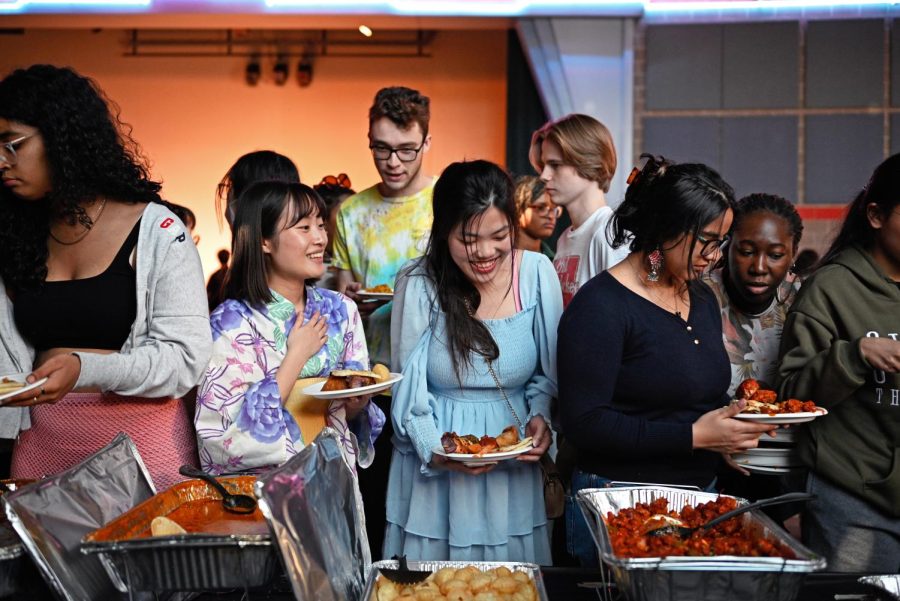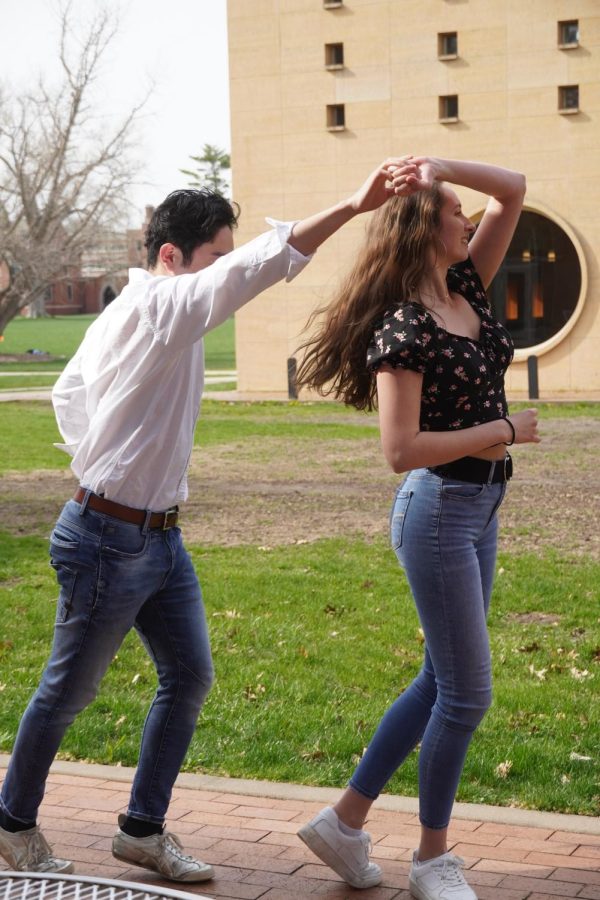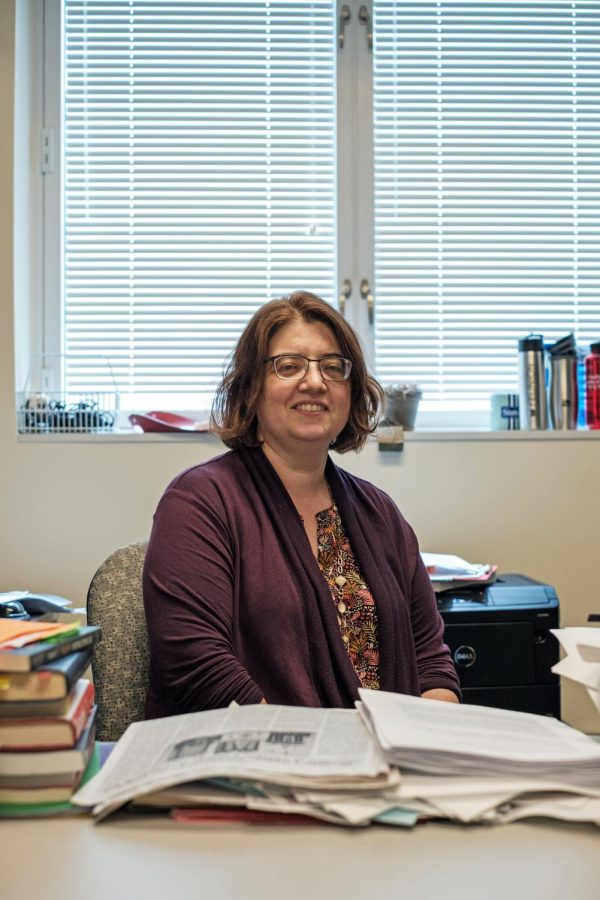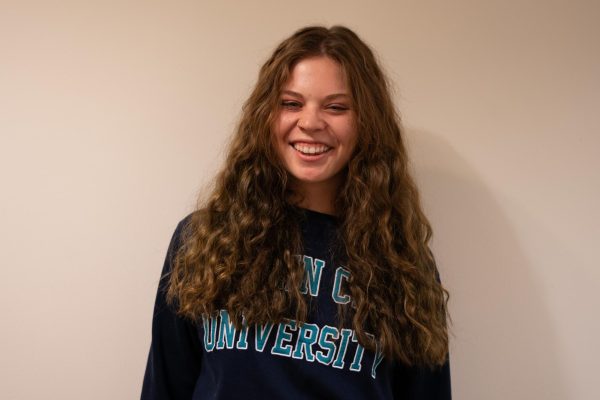Three times every year, the Grinnell College Board of Trustees meets to discuss the long-term goals and future of the College. From Thursday, Sept. 30, and ending Saturday, Oct. 2, was the first meeting of the 2021-2022 academic year.
The board handles the fiduciary duties of the school. Rather than working operationally, these duties entail looking towards the overarching, long-lasting culture and projects of Grinnell.
Before meetings began on Thursday, the eight board members who traveled to campus met with three groups to help shape the conversations at their meetings: Student Government Association (SGA), the executive council for faculty and the executive council for staff.
SGA brought several concerns forward to the board. First and foremost, they wanted to stress the weight of academic pressure and workload on students as they made the transition back from online learning. “[We were] bringing it to the trustees’ awareness,” said Ashton Aveling, SGA vice president for academic affairs, “just making sure that they understand the degree of the problem and that it’s not just students, it’s also faculty, and the senior staff as well.”
SGA was not the only organization to bring up the overwhelming workload, as the executive councils for both staff and faculty did as well, centering this issue as one of the main topics of the meeting.
“What we talked about was the simultaneity, the intense simultaneity of the joy of being back in community and the anxiety of living in a pandemic,” President Anne Harris explained.
Essentially, they discussed the pressures of returning back to campus amid a pandemic, and what the College can do to show academic compassion towards all parties. SGA also discussed the legacy of campus culture moving forward. They believe the College in the past decade has trended towards professionalism and hoped to bring up a discussion on what Grinnell’s campus culture truly is.
“We have this pattern of the College trying to make sure its activities are safe in terms of liability and risk in an increasingly strict legal environment which has often come, unfortunately, at the expense of student wellbeing,” said Aveling.
Beyond the topics brought up by SGA, there were four other main issues discussed throughout the online meetings that occurred with the entire board, the first of which was anti-racism. The board and those who attended the meeting discussed how to move Grinnell College forward as an actively anti-racist institution that breaks down systematic barriers to higher education for BIPOC individuals.
Within this conversation was a reading of an excerpt from “Nice Racism” by Robin DiAngelo, which discusses the racism perpetuated by white progressives. Hiring choices to promote diversity and support people of color within the College were also a facet of this conversation, as was the development of the new African diaspora studies program and department. There was also a significant amount of introspection as to what those at Grinnell could do to do their part.
“We need to keep securing spaces at the College,” said Harris, “to talk about anti-racism, sure, but if you’re going to talk about anti-racism you have to address racism. And, you know, that starts with me, with my white progressive moves.”
The second topic was intergenerational equity. More specifically, how to continue to promote an environment that allows students from all socioeconomic backgrounds to have access to higher education. Grinnell’s endowment has a long-lasting legacy, and the board hopes to continue to remove barriers to entry. A prime example of this is the no-loan initiative created last year, which helps lessen the years of debt faced by many students as they leave college.
The third topic ties into the ideas of accessible education, as the board hopes to maintain the need-blind admissions process already in place at the College. Grinnell is one of 12 institutions in the United States that is both need-blind in admissions and loan-free. The conversation, in this regard, is about continuing the practices already in place, such as need-blind admissions, and finding ways to continually promote these ideals.
The final topic of conversation looks towards to future development of the downtown student residences, including a brief conversation with the architect, Sir David Adjaye. Sir Adjaye is well known for his design of the Washington D.C. Museum of African American History and Culture.
Civic engagement is the main goal of these buildings, as they will feature a civic entrepreneurship space, performance space and a garden pavilion. These spaces are a way to reimagine the residence halls from what they have been for most of the College’s lifespan.
“This is all part of my vision for civic trust as well,” said Harris, “which is as much about the trust between individuals, but really more about how individuals trust institutions.”
























































